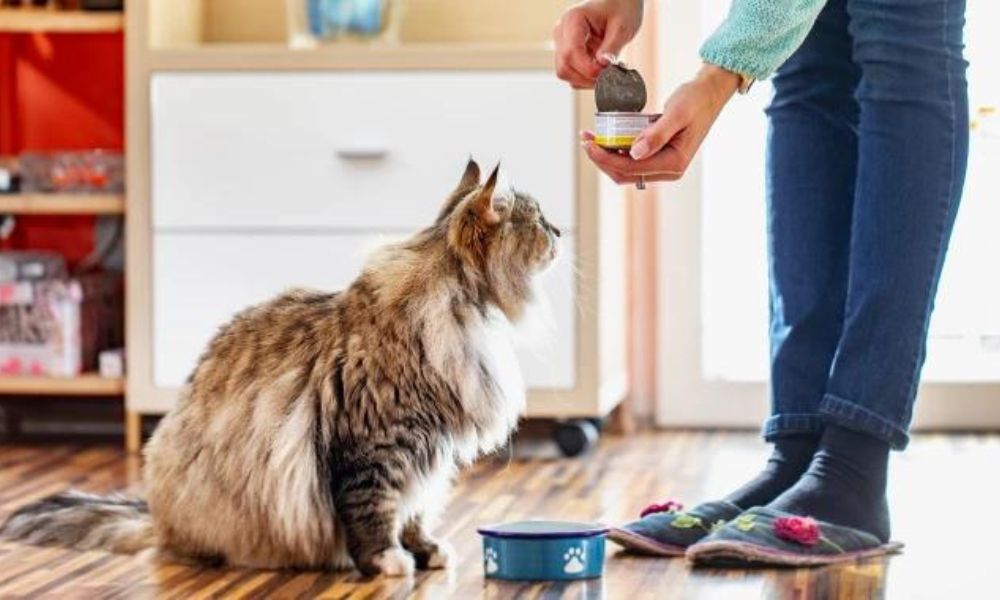A Chinese buffet can feel like walking into a maze of saucy, steamy, deep-fried decisions. The trays stretch on, the ladles clink, and you’re weighing whether to play it safe with sweet and sour chicken or go bold with duck feet. Some dishes look inviting, others less so, but there’s no shortage of variety. It’s a buffet, after all.
Choosing well means knowing what holds up under buffet conditions and what deserves a second helping. So what actually deserves space on your plate?
Let’s dig in.
Start with the Staples (There’s a Reason They’re Always There)
Fried rice and noodles might seem basic, but they’re often your safest bet. They hold well under heat lamps and carry bold flavours even when sitting out. Look for egg fried rice or yangzhou-style if you want a good base. The same goes for dry-style noodles with a bit of chew. These dishes won’t hog the spotlight but they help tie everything else together.
Dumplings also deserve early attention. Whether boiled, steamed, or pan-fried, they vanish quickly. A well-folded dumpling with a juicy filling rarely disappoints, especially when dipped in vinegar or chilli oil. You’ll thank yourself for picking these early.
ALSO READ: Singapore’s Chinese Food Heritage: Dishes, Traditions, and Must-Try Restaurants
Roasts, Ribs, and Meaty Wins
Char siew might not always be sliced fresh, but at a decent Chinese buffet, it should still hold its flavour. The edges should be slightly sticky, the meat tender, and the glaze not overly sweet. Roast duck is a good follow-up, especially if the skin still has some crisp.
Skip the plain grilled chicken. If it looks dry, it probably is. Instead, head for braised pork belly, if available. The fat-to-meat ratio and soy-heavy sauce usually hold up well over time. Spare ribs in black bean or sweet sauce can also be worth the chew.
Hot tip: buffet tongs and rib bones don’t always get along. Proceed with caution or bring a napkin.
Saucy, Sticky, and Sweet
Sweet and sour pork is the poster child of many Chinese buffets. It’s familiar, easy to eat, and usually gets replenished often. But the key is in the balance. If it looks too thick or too red, it might be more sugar than substance.
Kung Pao chicken is another one to watch. Done right, it should have bite, both from the peanuts and the dried chillies. If it’s swimming in oil, maybe skip it. If the sauce clings and the chicken looks glossy, grab a scoop.
Some buffets also offer lemon chicken or orange beef. These are hit or miss, but when fresh, the citrus does a good job cutting through the heaviness of the fried coating.
Veg That Holds Its Own
Bok choy, broccoli, and eggplant might not get the same hype, but they deserve a spot. Steamed or stir-fried, these veg options bring colour and help balance your plate. Eggplant with garlic sauce is especially satisfying if it hasn’t been overcooked to mush.
Tofu lovers, check for mapo tofu or deep-fried tofu cubes. Both tend to absorb sauce well and hold temperature better than scrambled eggs or string beans left too long.
Don’t Ignore the Soup and Snacks
Soup stations tend to get ignored at buffets, but a good hot and sour soup can wake up your taste buds before you dive into heavier dishes. Some Chinese buffet setups even offer herbal soups or lotus root broths, which are warm and grounding without being too filling.
Spring rolls and sesame balls hover around the starter zone, but they also work mid-meal. Just make sure they’re still crispy. No one likes a soggy roll.
CHECK OUT: A Detailed Guide to Mindful Eating at Buffets
Save Room for Dessert (But Be Picky)
Dessert at a Chinese buffet isn’t always the highlight, but there are some solid choices. Mango pudding is usually a safe bet. It’s smooth, light, and slightly sweet. Coconut jelly or osmanthus jelly are also refreshing, especially after all that oil and spice.
Avoid anything with ice cream unless it’s behind a well-chilled counter. And skip the suspiciously glossy cake slices unless you’re into artificial whipped cream.
Build Your Plate Like You Mean It
There’s a method to the buffet madness. Start light with noodles or veg. Work up to meat and sauce. Save sweets for last. Don’t overload your plate in one go, or things will turn cold fast.
The joy of a Chinese buffet often comes from its variety. It’s the chance to try something new with every trip back. Play it safe, go bold, or mix both. There’s no wrong way to fill a plate, but there are better ways to enjoy it. Visit Taste of SG to find a Chinese buffet that actually satisfies your cravings.




